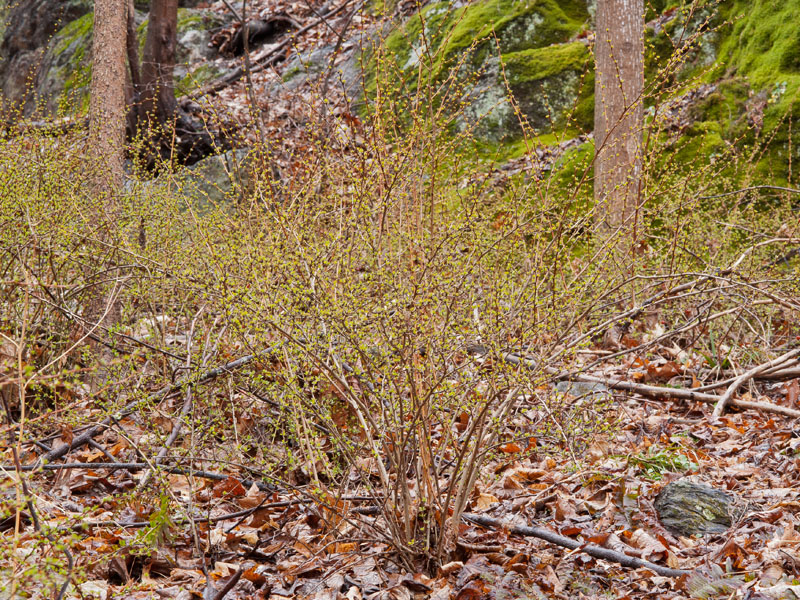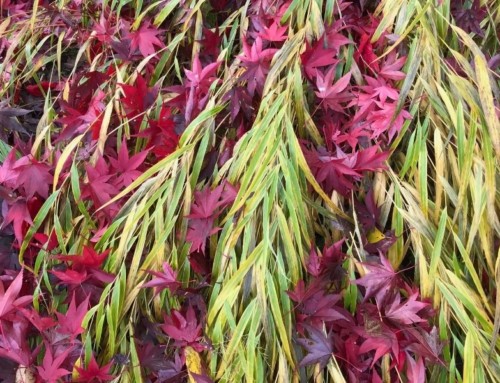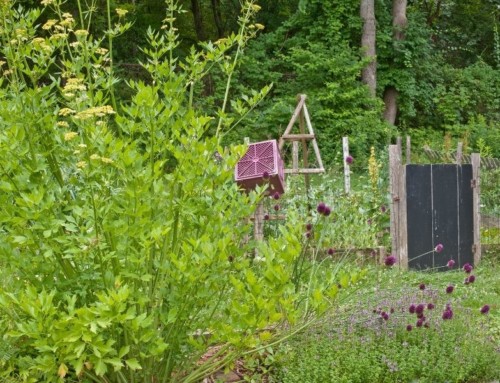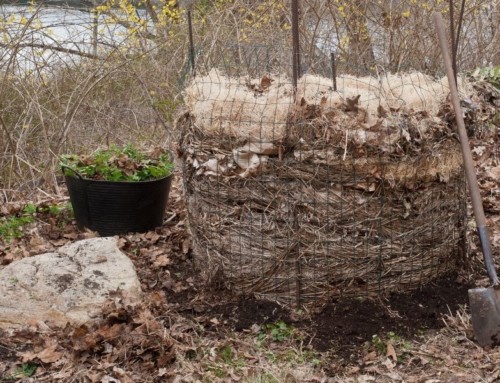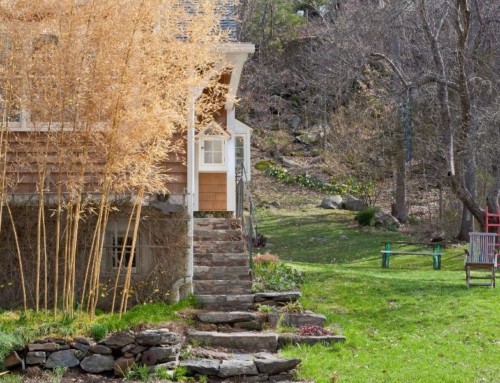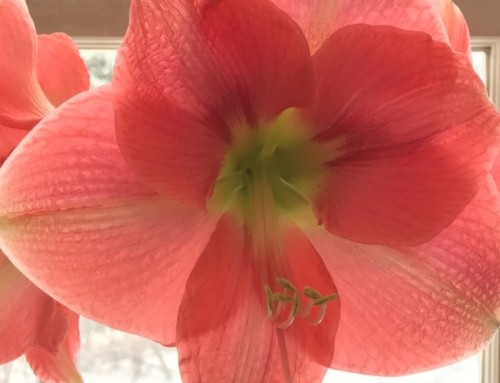It’s March. If you can see a lot of green in woodland areas right now, you’re probably seeing invasive shrubs or vines.
I’m seeing suspicious-looking veils of color up in my back woods (above photo).
Right now, where I live in Connecticut’s northwest hills, moss is green – and exceptionally lush this time of year. Evergreen Christmas ferns (Polistichum acrostichoides), eastern wood ferns (Dryopteris marginalis) and rock polypody ferns (Polypodium virginiannum) are green. Evergreen conifers are green.
Every deciduous shrub and tree that belongs here is still grey or brown. We don’t get leaves until late April/early May.
This is a window of opportunity.
Native understory trees and shrubs, along with ground-layer plants, leaf out and bloom in sync with the life cycles of a host of mutually dependent animals, birds and insects. When these plants are displaced by invasives, their critters disappear too.
Not bound by the same interrelationships, many invasive plants get the jump on natives by greening up earlier, growing faster, photosynthesizing longer.
The advantage they gain by having a longer growing season can be their Achilles’ heel if we act fast.
The Connecticut Invasive Plant Working Group (CIPWG)’s website includes an extensive guide to identifying invasive plants and plants with invasive potential.
It’s a lot easier to identify these plants when you can see mature leaves, flowers or berries. But by that time, we’re usually in the middle of our spring gardening frenzy. They just blend in with the rest of the green world and we’re too busy to notice.
Now – early spring – is a really good time get to know the shady customers in your woods. The tip offs are there if you take a close look. Get ’em while they’re little.
Here’s What Some Common Invasive Shrubs Look Like in Late Winter
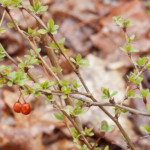
Japanese barberry
Japanese Barberry
(Berberis thunbergii)
Look for very prickly fine thorns, berries from previous season hanging on.
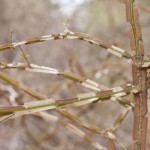
Burning bush, aka winged euonymous
Burning Bush aka Winged Euonymous
(Euonymous elatus)
Look for green ribs, brown “wings,” corky bark on mature stems
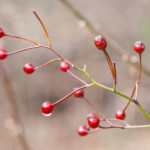
Multiflora rose hips
Multiflora Rose
Young stems are reddish, old stems have bark and fewer thorns. Watch out – recurved thorns are vicious.
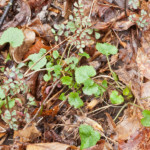
Multiflora rose with garlic mustard
Newly emerging foliage is blue-green
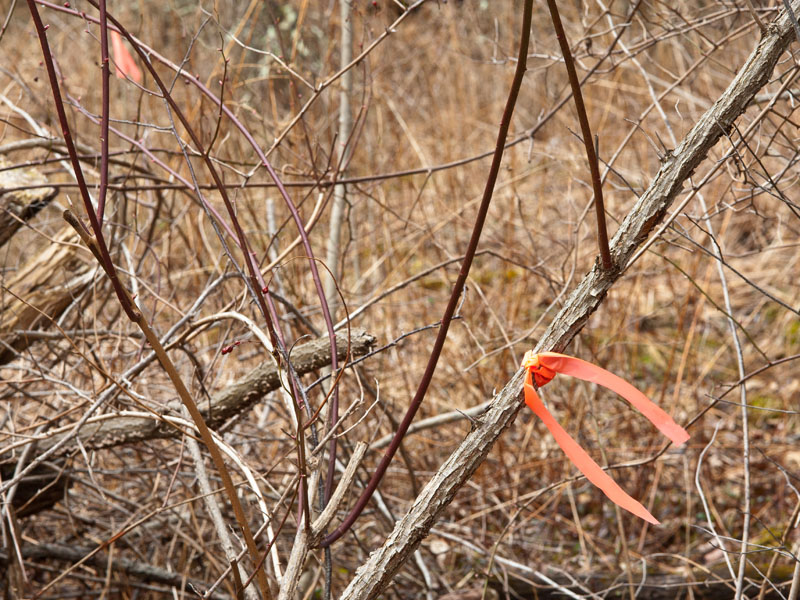
Multiflora rose tagged for removal
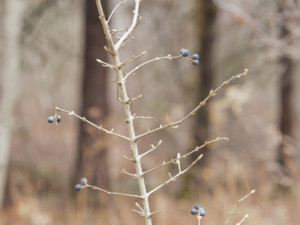
Privet
Privet
(Ligustrum spp.)
Blue berries may remain in winter.
Opposite branched, pale slightly greenish young bark
